Interesting Caribbean Sea Trivia
/You can pronounce it Kar-IB-ean or KARIB-ean, both are correct. We're sailing in the Caribbean Sea at the moment and thought you'd enjoy some trivia about the famous sea.
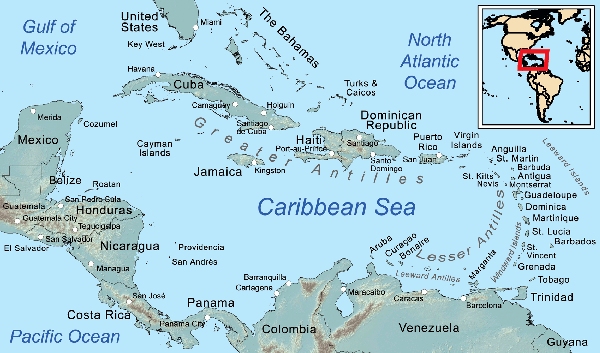
1. The Caribbean is the second largest sea in the world (1,063,000 mi²/754,000 km² ). The South China Sea is #1 and the Mediterranean is #3.
2. The Caribbean region includes more than 7,000 islands, stretching from the Bahamas off the coast of Florida to Trinidad and Tobago off the coast of Venezuela in the south. Of these islands, 13 are independent nations, while others are overseas dependencies or territories of countries including the U.S., U.K., France and the Netherlands.
3. The Caribbean islands are of volcanic origin and there are a number of active volcanoes in the area. We remember watching Montserrat's Soufrière Hills volcano smoldering when we anchored off in 2002. Kick'em Jenny is an underwater volcano near Grenada that rumbles frequently and erupted last in 2001. It's a potential danger to vessels in the area and its location on the charts is marked with warnings.
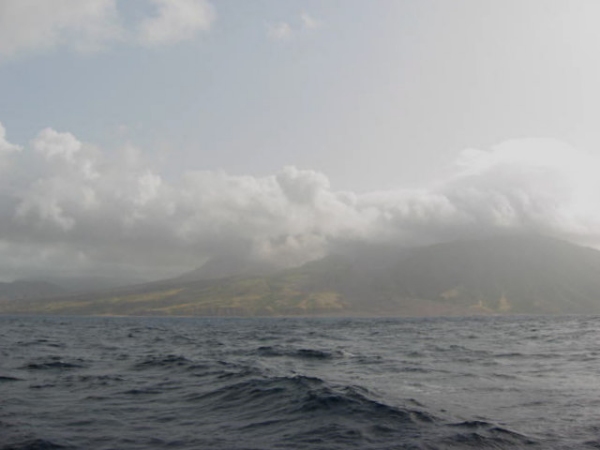
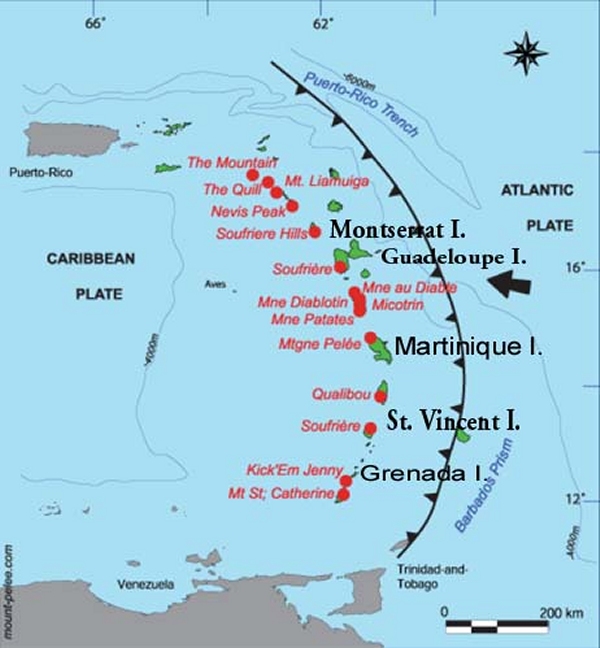
4. When Christopher Columbus landed in the islands of the Caribbean in 1492, he thought he'd landed in India and he named the islands ‘the Indies’ and its inhabitants, “Indians”. When it was discovered that he wasn't in India, the name West Indies was applied to the area. The ‘Caribbean’ was named for its inhabitants, the Amerindian tribe, the Caribs.
5. The Cayman Trench, between Cuba and Jamaica, contains the Caribbean's deepest point (25,220 ft/7,686 m below sea level) making it the 4th deepest sea in the world.
6. The Caribbean Sea has a counterclockwise current. Water enters through the Lesser Antilles, is warmed, and exits via the Yucatán Channel, where it forms the Gulf Stream.
7. The Caribbean's clear waters are warm (75°F/24°C), and less salty than the Atlantic with a very low tidal range (~1 ft/.3 m).
8.Petroleum, iron ore, bauxite, sugar, coffee, and bananas are the main local products traded on the sea. Tourism contributes significantly to the economy.
9. The hurricane season in the Caribbean extends from June 1 through November 30. Up to eleven hurricanes can form during the Caribbean hurricane season each year but normally it's around eight. September and October are the two most active months for hurricanes. The region around the Bahamas has the most frequent hurricane occurrences.
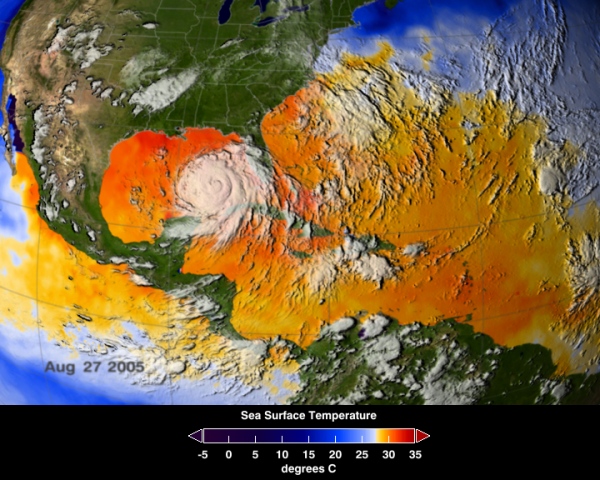
10. The Caribbean's beautiful, white sand beaches come from parrotfish. They chew up fragments of coral and poop out sand. One adult parrotfish can generate ~200 lbs/90kg of sand per year! They also help keep reefs healthy by feeding on algae, which can otherwise smother corals.
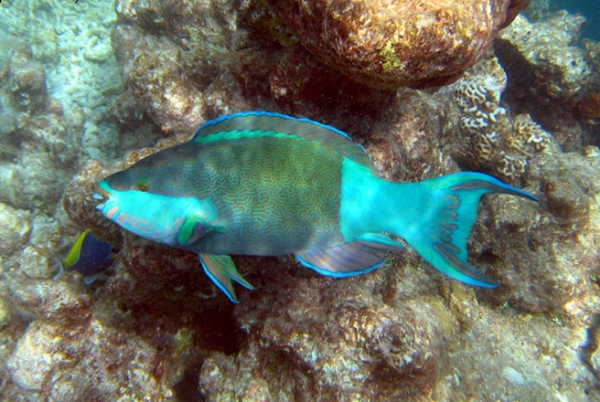
11. The Caribbean islands have a land area of 92,541 square miles, with an approximate population of 36 million. Their sizes range from the largest island, Cuba, which is larger than all the other islands combined, to the tiny islands of Saba and Anguilla.
12. The Caribbean's Mesoamerican Barrier Reef is the fourth longest barrier reef in the world. It runs 585mi/943 km along the coasts of Mexico, Belize, Guatemala, and Honduras.
13. Parts of all four Pirates of the Caribbean movies
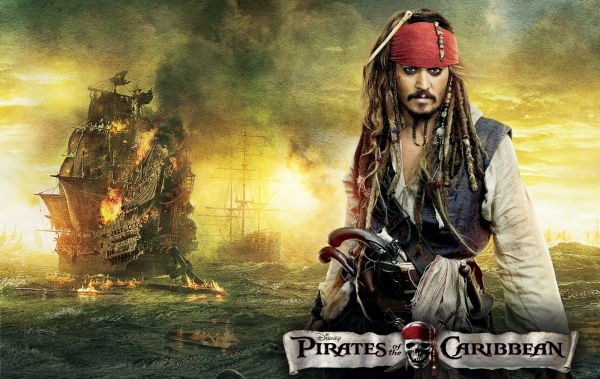
14. The Caribbean is a bio-deverse area with 1,000 documented species of fish, 90 species of mammals, 500 species of reptiles (94% of which are endemic), 170 species of amphibians (all endemic), and 600 species of birds (of which 163 are endemic).
Probably more info than you wanted or needed to know about the Caribbean. Now back to sailing on it.

